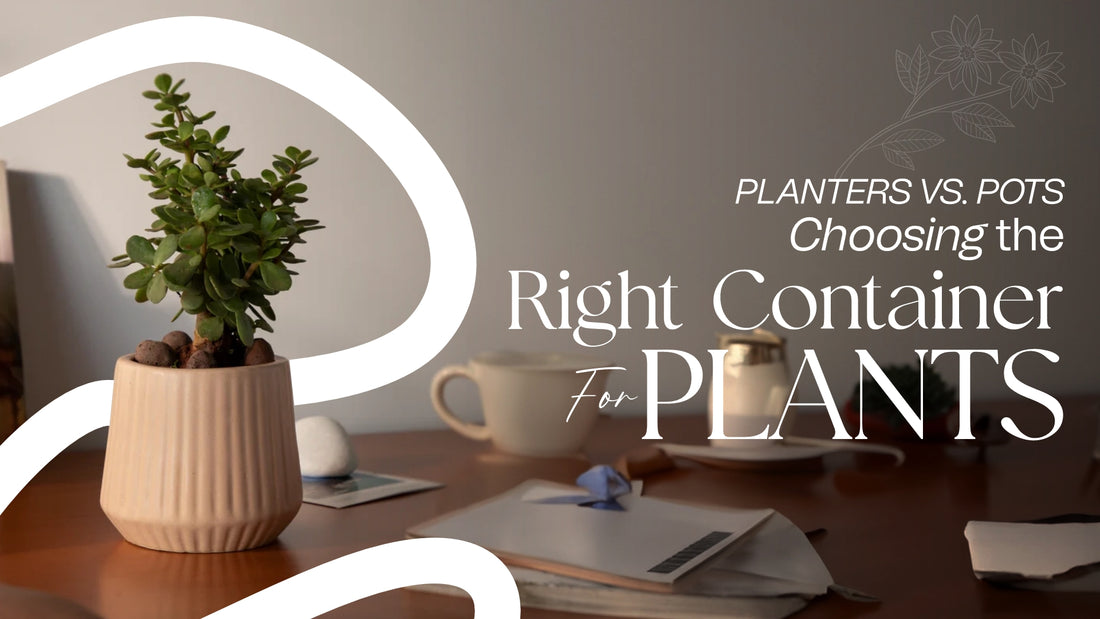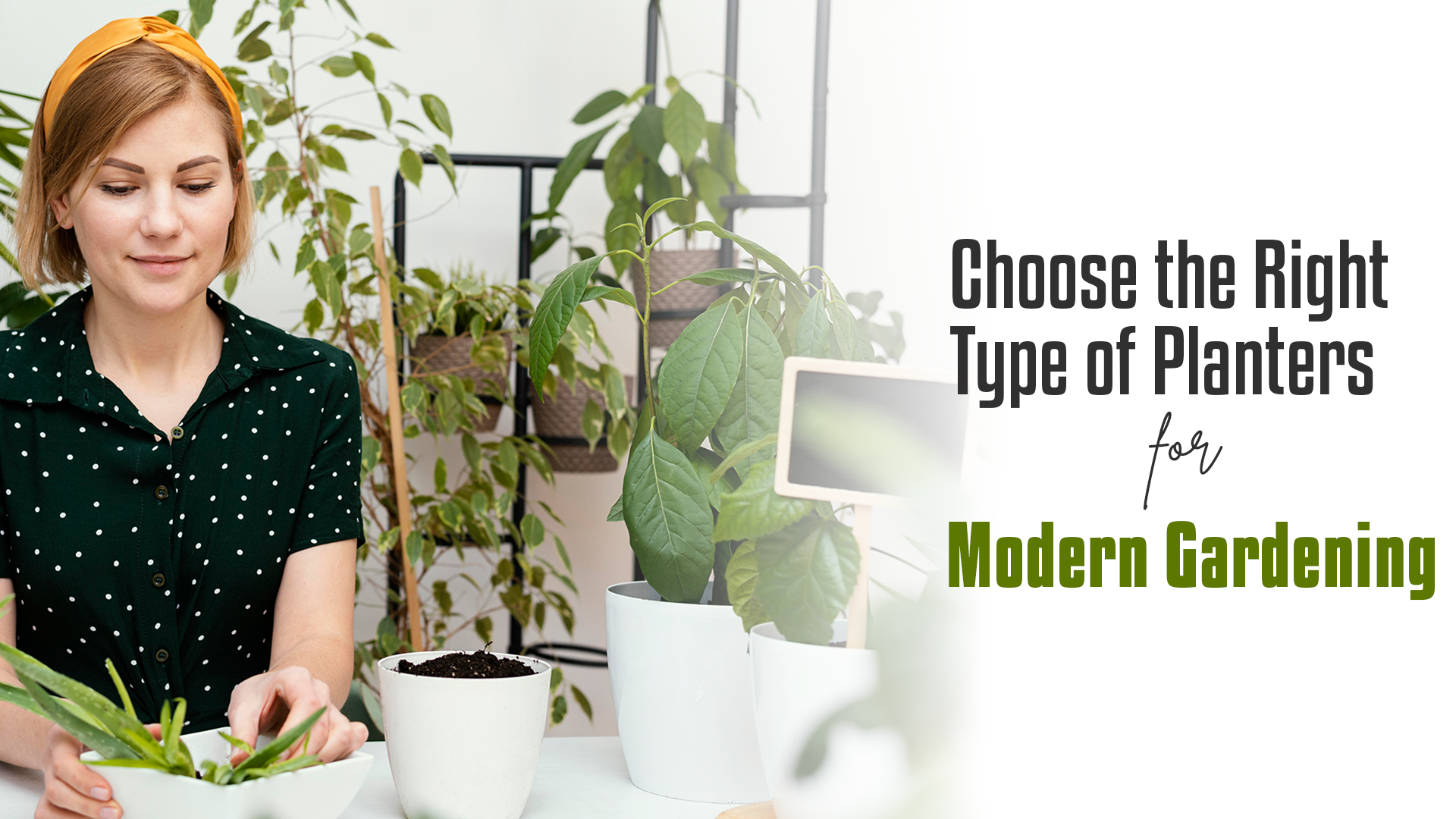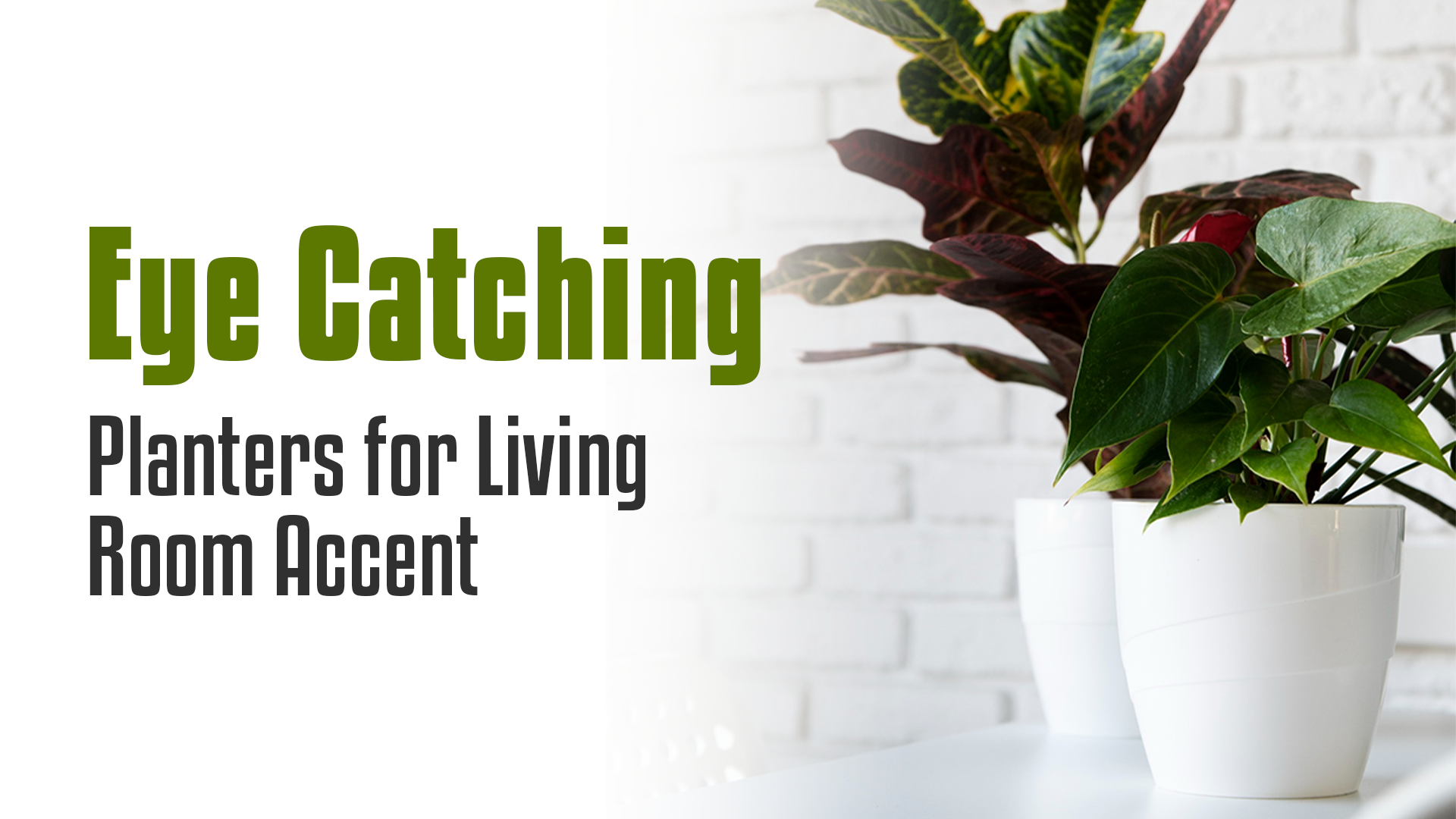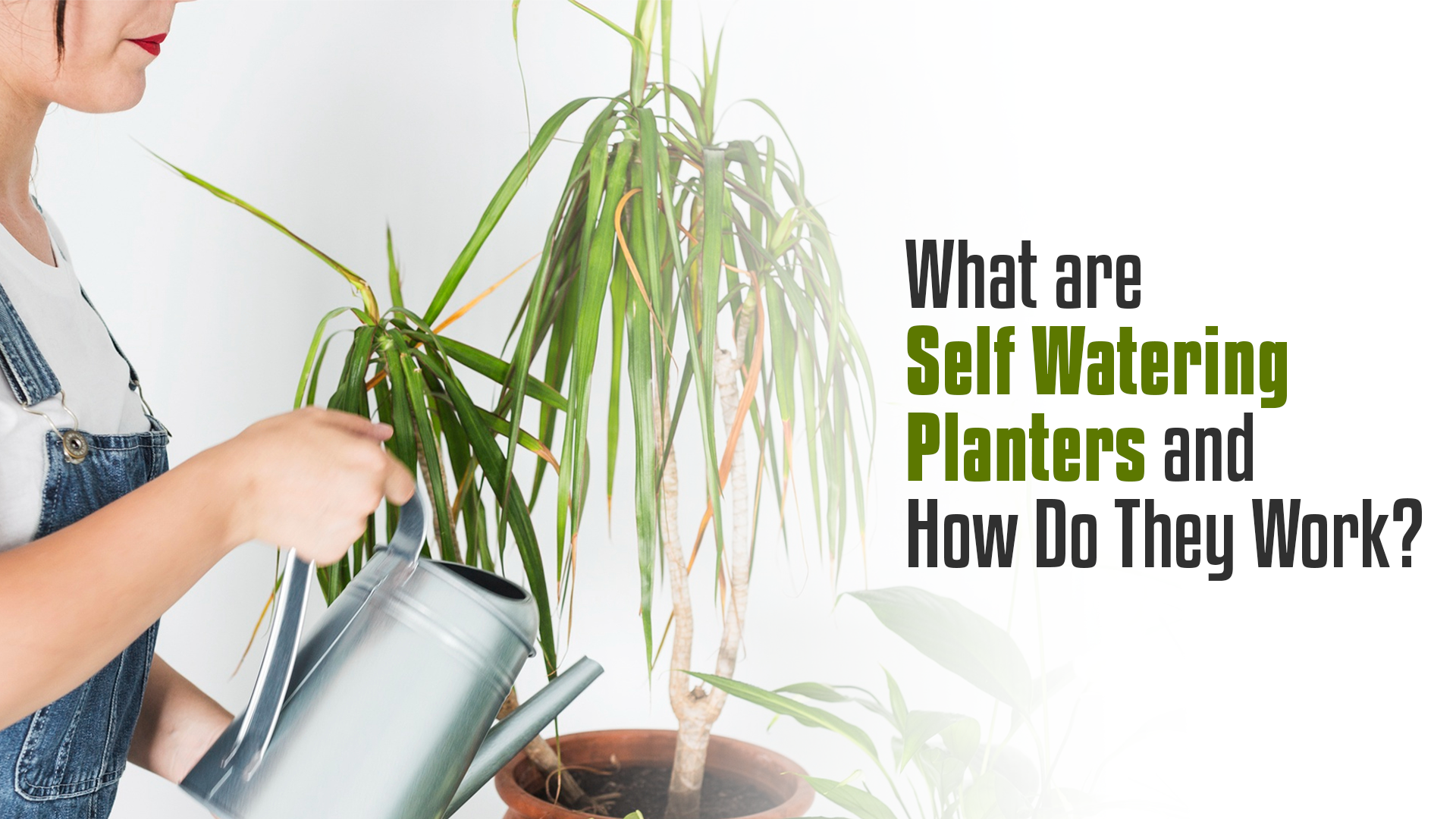
Planters vs. Pots: Choosing the Right Container for Plants
Whether you are a seasoned gardener or just starting out, choosing the right container for your plants is essential. Many people often confuse planters and pots, but there are key differences between these two types of containers. Understanding the distinctions will help you select the perfect container to nurture your plants and enhance your outdoor space.
Planters
Planters are larger, more decorative containers that are designed to add style and flair to your garden. They come in a wide variety of materials, including ceramic, plastic, wood, and metal. Planters are often used to create focal points or to group multiple plants together.
Types of Planters
- Ceramic Planters: Known for their elegance and durability, ceramic planters come in various shapes, sizes, and finishes. They are a popular choice for both indoor and outdoor settings.
- Plastic Planters: Lightweight and affordable, plastic planters offer excellent durability and weather resistance. They are available in a wide range of colors and styles.
- Wooden Planters: Adding a natural touch to your garden, wooden planters offer a rustic and timeless aesthetic. They can be made from various types of wood, including cedar and redwood.
- Self-Watering Planters: These planters feature a reservoir that automatically supplies water to your plants, making them ideal for busy gardeners or those who frequently travel.
Advantages of Using Planters
- Aesthetic Appeal: Planters can significantly enhance the visual appeal of your garden or patio.
- Versatility: They can be used to create a variety of garden designs, from formal to informal.
- Durability: Many planters are made from durable materials that can withstand harsh weather conditions.
- Easy Maintenance: Some planters, such as those made from plastic, are low-maintenance and easy to clean.
Pots
Pots are smaller, more functional containers that are primarily used for growing individual plants. They are typically made from materials such as terracotta, plastic, or ceramic. Pots are often used for indoor gardening or for starting seeds.
Types of Pots
- Terracotta Pots: These classic pots are made from a porous clay material that allows for good air circulation and drainage. Terracotta pots are often used for growing herbs and vegetables.
- Plastic Pots: Lightweight and affordable, plastic pots are a popular choice for both indoor and outdoor gardening. They come in a variety of sizes and shapes.
- Ceramic Pots: Similar to ceramic planters, ceramic pots offer a stylish and durable option for growing plants. They can be glazed or unglazed.
Advantages of Using Pots
- Drainage: Many pots, especially terracotta pots, have built-in drainage holes that help prevent root rot.
- Breathability: The porous material of terracotta pots allows for good air circulation around the roots.
- Lightweight: Plastic pots are generally lightweight and easy to move around.
- Variety: Pots are available in a wide range of sizes and styles to suit different plants and growing conditions.
Key Differences Between Planters and Pots
While both planters and pots are used to hold plants, there are several key differences between them:
- Material: Planters are often made from more decorative materials like ceramic or wood, while pots are typically made from functional materials like terracotta or plastic.
- Size and Shape: Planters are generally larger and have more varied shapes than pots.
- Drainage: Pots often have built-in drainage holes, while planters may or may not have drainage.
- Aesthetics: Planters are designed to be aesthetically pleasing, while pots are more focused on functionality.
- Purpose: Planters are used to create garden displays or group multiple plants together, while pots are primarily used for growing individual plants.
Choosing the Right Container
When selecting a planter or pot for your plants, consider the following factors:
- Plant Type: Different plants have different needs in terms of size, drainage, and sunlight. Choose a container that is appropriate for the type of plant you are growing.
- Growing Conditions: Consider the climate and growing conditions in your area. Some plants require more sunlight or water than others.
- Aesthetic Preferences: Choose a container that complements your garden's overall style and design.
- Budget: Planters and pots can vary widely in price. Set a budget and choose a container that fits within your financial constraints.
By understanding the differences between planters and pots, you can make informed decisions about which container is best suited for your plants and gardening goals. Whether you prefer the decorative appeal of a planter or the functional benefits of a pot, there is a perfect container out there to enhance your gardening experience.
Frequently Asked Questions
1.What is the meaning of planters?
Planters are large, decorative containers used to hold plants. They can be made from various materials such as ceramic, plastic, wood, or metal. Planters are often used to create focal points in gardens or patios.
2.What is a planter called?
A planter can also be called a flowerpot, pot, or container. These terms are often used interchangeably.
3.How do you plant pots and planters?
- Choose the right size: Select a pot or planter that is slightly larger than the root ball of the plant.
- Add drainage material: Place a layer of drainage material, such as gravel or perlite, at the bottom of the container.
- Fill with potting mix: Add a high-quality potting mix to the container, leaving some space at the top.
- Plant the seedling: Carefully place the seedling in the center of the pot or planter.
- Fill in the gaps: Fill in the gaps around the seedling with more potting mix.
- Water thoroughly: Water the plant thoroughly until water drains from the bottom of the container.
4.What is a planter used for?
Planters are used for various purposes, including:
- Decorative purposes: To enhance the appearance of gardens, patios, or indoor spaces.
- Growing plants: To cultivate plants in a controlled environment.
- Creating focal points: To draw attention to specific areas of a garden.
- Grouping plants: To group multiple plants together for a cohesive look.








